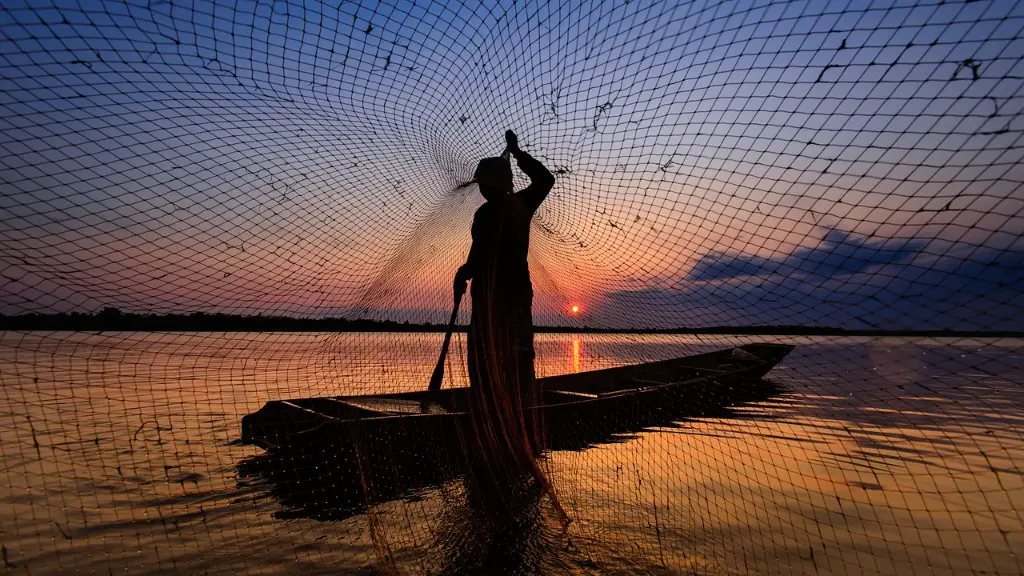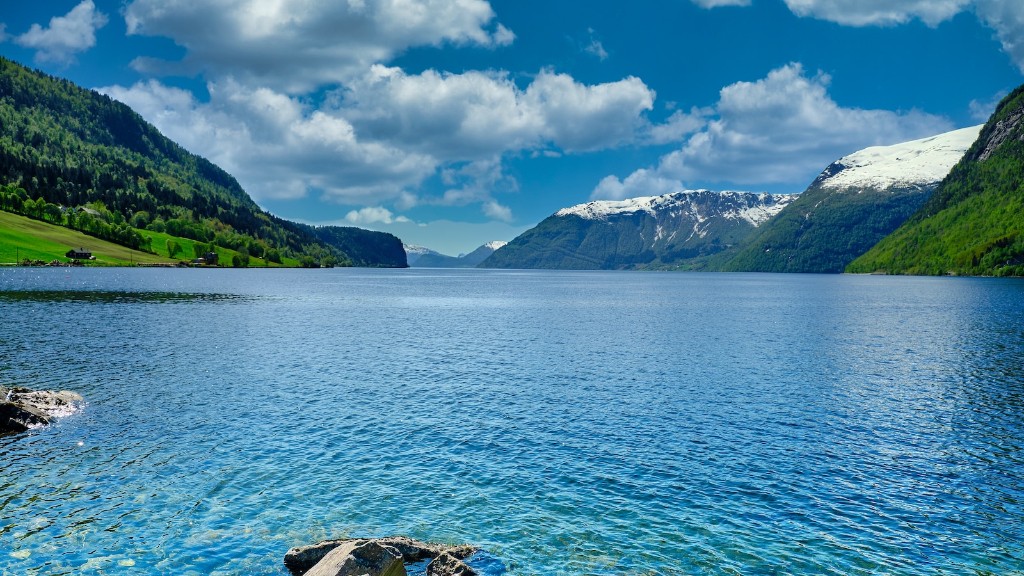Asian Carp have been growing in popularity across the United States. For some states, they are a welcome new fish species, while for others they have become an nuisance invader. In Lake Superior, the potential impact of Asian Carp is becoming increasingly concerning as experts analyze their potential to displace native fish species and alter the delicate aquatic ecosystem.
Asian Carp are native to East Asia, where they have been part of a productive fishery for centuries. While the original purpose of the introduction of carp to United States waterways was to control algae and vegetation, their population has grown exponentially. Pacific, bighead, silver and grass carp are the four main species of carp found in U.S. waters. All four species are “jumping carp,” which means they are capable of leaping several feet out of the water when startled, often presenting a hazard to recreational boaters and fishing.
Many experts consider Asian carp to be a major threat to native fish species, such as lake trout and cisco, as carp are aggressive predators and have the potential to out-compete other fish. Furthermore, they reproduce quickly and can quickly multiply, leading to a disruption in the balance of the ecosystem. Some areas of the U.S. have already seen the ramifications, with entire populations of native fish being displaced or even eliminated.
In Lake Superior, the threat is especially concerning. The lake is the deepest and largest until the five Great Lakes, located on the border of the US and Canada, and is the home to dozens of native species. If Asian Carp were to established themselves in the lake, it would cause irreparable damage to the unique and delicate aquatic ecosystem.
While Asian Carp have not been seen in Lake Superior yet, experts are warning that more proactive measures must be taken to protect the lake. The carp’s ability to spread quickly and survive in environments of different temperatures is a cause for concern. It is important that local governments and organizations implement strategies to prevent carp from entering the lake, such as constructing barrier systems and improving lake management strategies.
One of the most common methods of prevention is the introduction of fish barriers, which prevent carp from entering a body of water. While these systems are expensive to install, they are an effective and efficient way to protect the lake from invasion. Additionally, experts suggest that special fishing activity should be conducted to locate any carp that may have already entered and remove them before they can reproduce.
Ultimately, it is essential that we act now to protect Lake Superior from the threat of Asian carp invasion. While it may take considerable financial and personal resources, the long-term impacts could be catastrophic for the lake’s fragile and diverse ecosystem.
Alternative Prevention Strategies
Aside from fish barriers, there are also alternative prevention strategies that can be used to protect Lake Superior from Asian Carp invasion. These strategies include improving water management strategies and introducing grass carp, a species of Asian Carp which eat aquatic vegetation rather than fish.
In terms of water management, some experts suggest that the nutrient balance of Lake Superior should be closely monitored, in order to ensure that algae growth in the lake does not provide a favorable environment for Asian Carp. Additionally, using eco-engineers to control aquatic vegetation can help to reduce their potential breeding grounds.
Grass carp are a special variant of carp which feed on aquatic vegetation rather than other fish. While introducing grass carp has its own potential issues, some experts consider them to be a viable option for controlling vegetation in the lake and stopping the carpet from establishing themselves.
Ultimately, it is important that Lake Superior authorities carefully consider all possible prevention strategies in order to protect the lake from invasion. It is only by working together and collectively weighing the advantages and pitfalls of each option that the most effective strategy can be determined.
Potential Risks of Carp Introduction
The potential risks associated with the introduction of Asian Carp to Lake Superior are severe and potentially irreversible. Experts have voiced concerns that the invasion of carp could cause significant damage to the region’s economy, due to the loss of fishing opportunities and the potential impact on tourism.
The carp can also spread dangerous diseases, such as Viral Hemorrhagic Septicemia, which can kill several species of fish. Furthermore, if the carp are able to establish themselves in the lake, they have the potential to displace native fish species, disrupt food webs, and cause significant damage to the lake’s biodiversity.
The problems associated with carp invasion can also carry far beyond the borders of Lake Superior. In bottom-flow lakes, carp can travel upstream and invade other lakes, potentially causing a domino effect of destruction. The carp may also spread through rivers, which could cause significant damage to rivers and other aquatic ecosystems downstream.
Therefore, it is essential that prevention methods be put into place as soon as possible in order to avoid the potential issues associated with the introduction of Asian Carp to Lake Superior.
Asian Carp Potential Ecosystem Benefits
Despite the potential threats, there is some debate as to whether Asian Carp could actually provide benefits to the ecosystem of Lake Superior. Some experts believe that the large amount of nutrients that carp consume could actually help to improve the environment of the lake, by improving water clarity and reducing algae blooms.
Carp are also an important food source for larger fish and bird species, and their introduction could provide additional food resources which could benefit many animals within the wider ecosystem. In addition, carp may actually prove beneficial in controlling aquatic vegetation, making them a potentially valuable asset for lake management.
However, these potential benefits are overshadowed by the risks associated with the introduction of carp to the lake. While there may be some short-term benefits, the long-term impacts of carp invasion would almost certainly be far more severe.
Carp Monitoring and Research
It is essential that research be conducted to gain a better understanding of the potential impacts of Asian Carp in Lake Superior and to develop effective strategies for monitoring the carp and preventing them from establishing themselves in the lake.
Researchers should consider all aspects of the carp, such as their migratory behavior, habitat preferences, and potential health impacts. In addition, research should focus on creating early warning systems which can detect carp before they enter the lake, as well as devising strategies for controlling their spread if they are already present.
Furthermore, local governments should encourage public participation in carp monitoring by encouraging citizens to watch for signs of carp and report any possible sightings as quickly as possible. This would create a network of eyes and ears to help ensure that populations of carp are kept in check.
Overall, monitoring and research is essential if we are to protect Lake Superior from the potential dangers posed by the Asian Carp. A better understanding of these invasive fish will allow us to devise effective strategies to ensure the safety of the lake’s unique ecosystem.





